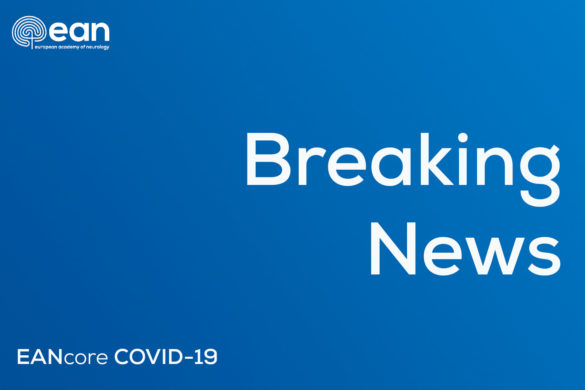In this report from Budapest, Hungary, the authors compared several clinical features (including time parameters, rate of intravenous thrombolysis and endovascular therapies) of patients admitted to a university stroke-unit within a 2-month COVID-pandemic period (March and April of 2020) with an identical pre-COVID period of 2019. In the COVID-period, admissions for acute ischaemic stroke decreased by 11%, mean onset-to-treatment time of thrombolysis increased by 20 minutes, and rate of late admissions (beyond 24 hours after stroke) increased by 13% compared to 2019. Moreover, whereas the rate of endovascular interventions remained unchanged (8%), the rate of intravenous thrombolysis decreased from 26% to 16%. To explain these findings, the COVID-pandemic itself and related out-of-hospital factors might have had a leading role.
Effects of COVID-19 pandemic on acute ischemic stroke care – A single-centre retrospective analysis of medical collateral damage
previous post












